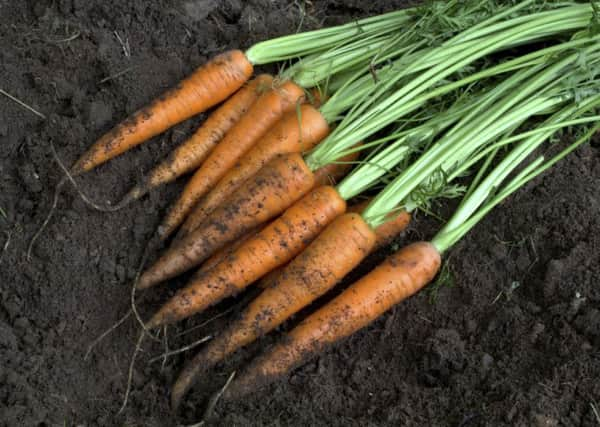Jenny Mollison: How to outwit the low flying carrot fly


They’re fairly cheap to buy but one reason for giving them space on the allotment is that the flavour of homegrown crops is so superior to anything you find in the supermarket. They’re all root vegetables and do best on fertile soil which hasn’t been recently manured and is free of stones.
Parsnips have a reputation for being a bit tricky. To start with the seeds are very light and will fly away in a puff of wind. So it’s essential to find a calm day to sow them. Then it’s just a question of patiently waiting and watching for several weeks until the seedlings emerge. Fresh seed is important and I proved this to myself a few years ago. A stray parsnip I left in the ground flowered. Its seeds germinated to perfection where they fell.
Advertisement
Hide AdAdvertisement
Hide AdBeetroot seeds get planted later than parsnips. I’ve often been tempted to plant them too soon. If the weather turns cold, the seedlings get a nasty fright and run to seed. There’s a variety called Boltardy bred to resist this happening, but it’s not foolproof.
Carrots grow in temperate regions of the world and do well in Scotland. Long ago, the roots were purple or white. The familiar orange carrot we know today is the result of centuries of plant breeding and selection. I’ve enjoyed learning more about carrots from a website – www.carrotmuseum.co.uk – devoted to their history and use through the ages.
Most plotholders will have heard of the annoying carrot fly. The grubs of this insect can render an entire crop useless as they munch their way through the roots. In times past, growers used a toxic mix of insecticides to deter it. It’s entirely right that these chemicals are no longer on the market, but it means the aspiring carrot grower has to resort to cunning methods to thwart the carrot fly. It doesn’t fly very high, so one of the successful ruses is to create a barrier round the bed. Last year, I invested in a pricey frame of fine mesh. I was delighted that it justified the expense and I was proud of a bumper crop of unblemished roots.